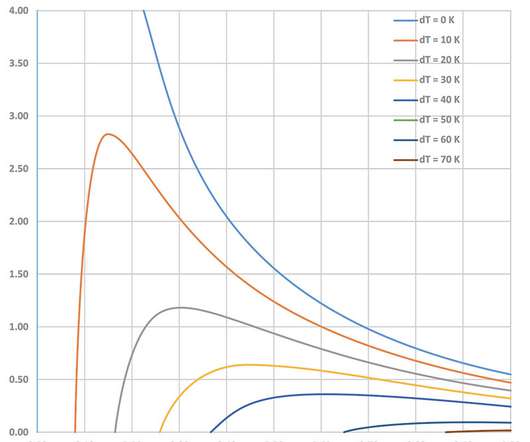Sandia team boosts hydrogen production activity by molybdenum disulfide four-fold; low-cost catalyst for solar-driven water splitting
Green Car Congress
OCTOBER 7, 2015
The improved catalyst has already released four times the amount of hydrogen ever produced by MoS 2 from water. —co-author Jeff Brinker, Sandia Fellow and University of New Mexico professor. Water splitting is a challenging reaction. It can be poisoned, stopping the molly reaction after some time period.













Let's personalize your content